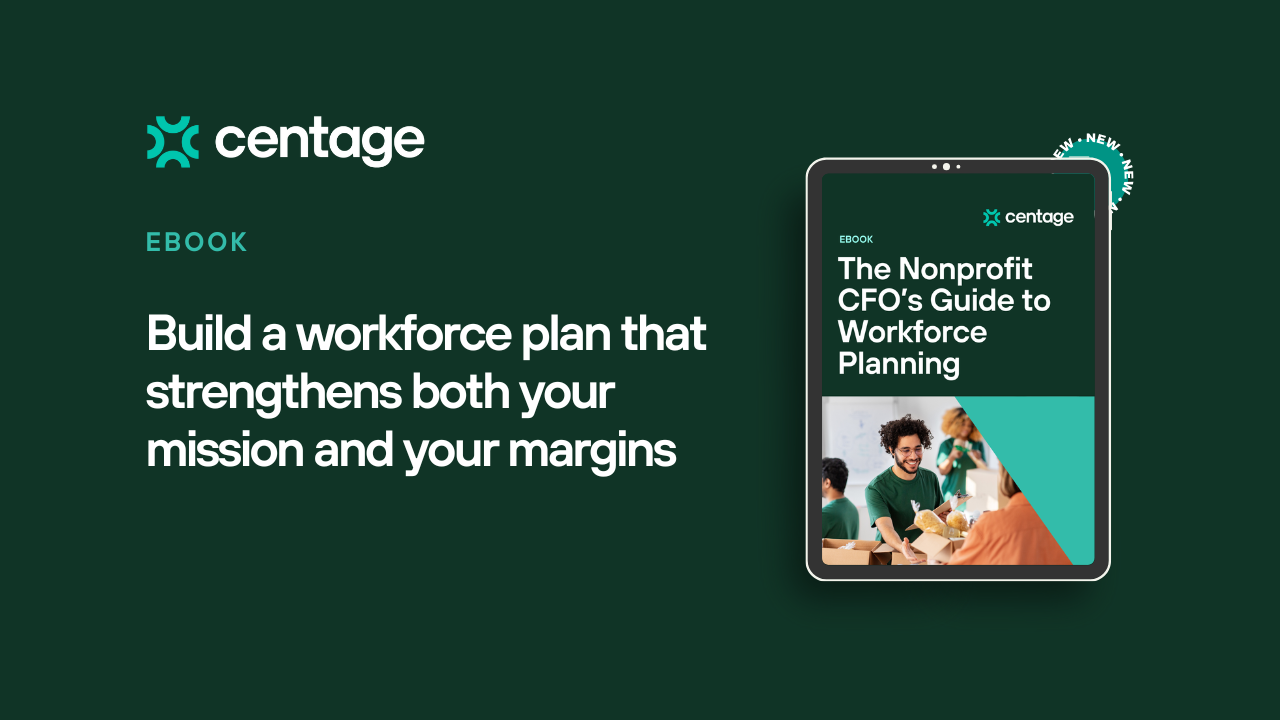How to Get Started With Financial Scenario Planning

If there’s one thing COVID-19 has made clear it’s that the future is uncertain. While you might not be able to predict how the pandemic will continue to affect the world in the coming years, as a small business owner, there are steps you can take to ensure your company weathers the impending changes successfully. Designed to help businesses prepare for the unknown, financial scenario planning is a strategic tool for flexible long-term decision-making. The goal is to examine events and trends in order to create potential stories of your SMB’s future.With financial scenario planning, companies seek to avoid overpredicting and underpredicting their future by separating content into two categories: things that are certain and things that are unknown. Doing this helps owners to pinpoint a wide range of outcomes and evaluate their ability to handle both good and bad possibilities. Keep reading to learn about the importance of scenario planning for SMBs and discover tips on getting started.
Why Financial Scenario Planning Is Important
There are various reasons that leaders engage in financial scenario planning. Recognizing that no situation is entirely predictable, companies utilize scenario planning so they can act quickly and effectively in the event of a crisis. Additionally, it enables companies to plan for the future by budgeting for unplanned expenses and opportunities. The goal is to keep companies flexible and agile so they can respond to what happens both internally and externally.
Tips for Easy Financial Scenario Planning
As the leader of a successful company, you can’t prevent change – and you shouldn’t seek to do so, as change can lead to exciting opportunities for your business. By engaging in financial scenario planning, you can ensure your company is ready for whatever the future holds. Here are some tips to make it easy and effective:
1. Look for Triggers
Whether you’re a new business owner or one who’s been running a company for decades, the odds are you have questions about the future. When it comes to scenario planning, the first step is to identify all the questions or triggers causing your uncertainty. For example, you might be concerned about labor shortages, new technology, supply chain issues, or cash flow problems. By listing out all the internal and external factors that could cause a crisis, you can ensure your scenario planning is both effective and comprehensive.
2. Check Your Data
Your scenario planning is only as accurate as the quality of your data. If you want to ensure your forecasts are based in reality, it’s crucial to gather up-to-date, reliable information from multiple sources. The most agile leaders collect a wide range of information from management accounts, market research, government sites, press accounts, and more.
3. Collaborate
You know your business inside out, but you’re only one person. If you want your financial scenario planning to yield the most accurate and beneficial results, collaborating with others at your company is crucial. For best results, involve different people in providing scenarios and data and reviewing the forecasts. Rather than just speaking with those in upper management, it’s a good idea to consult with workers in multiple departments, including finance, procurement, operations, and sales. The goal is to collect various perspectives so you can make the best decisions regarding strategy.
4. Stick to Four Scenarios
After collecting data and input from multiple sources, you may be tempted to create dozens of scenarios. However, experts advise limiting potential outcomes so you don’t get overwhelmed. After all, you can’t effectively plan for an infinite number of possible scenarios. Instead, prioritize by focusing on no more than four scenarios to get started. A good rule of thumb is to choose one best-case scenario, one worst-case scenario, and one or two scenarios whose outcomes fall in between the two extremes. The goal is to choose the most likely outcomes and follow them through to their probable conclusions.
5. Build an Adaptable Strategy
Of course, identifying scenarios is only the beginning. Your ultimate goal is to create detailed, agile strategies that you can adapt to whatever life brings your way. When building your strategies, aim to adjust current policies and procedures based on your findings. If you start changing policies, be sure to monitor the effects in real time so your team can continue making changes. When done correctly, these strategies will act as insurance policies so you aren’t caught by surprise in the event of either negative outcomes or positive opportunities for your business.As a business owner in the age of COVID, you probably know that financial scenario planning is more important now than ever before. Fortunately, Centage is there to help your organization effectively explore the financial consequences of various circumstances and strategies. Thanks to our rapid implementation package, companies can receive reliable scenarios in a matter of days. Learn more about our services online and start protecting your business for the long haul.
Keep reading...
Interviews, tips, guides, industry best practices, and news.


